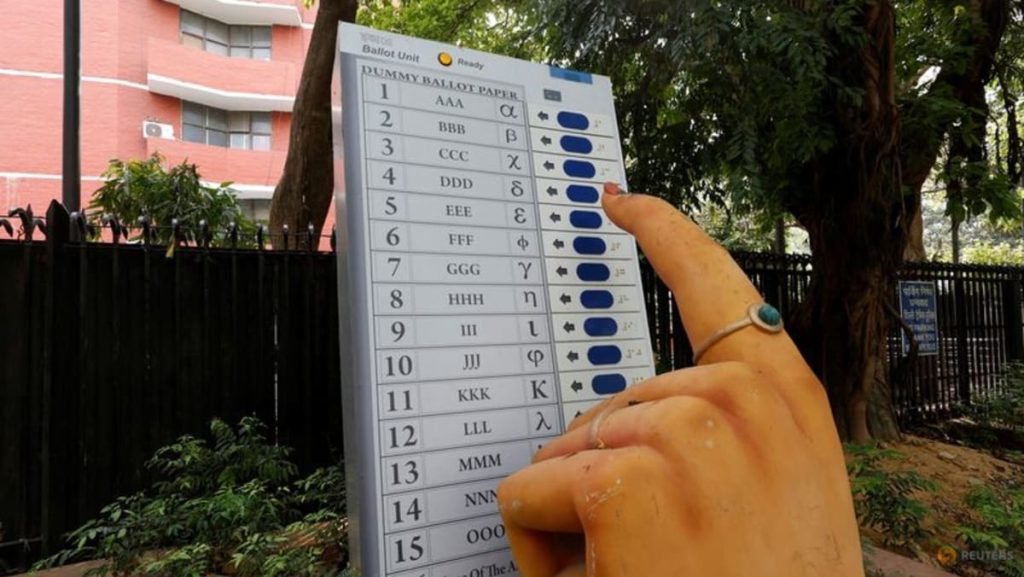are eligible to vote. Voters must register themselves on the electoral roll and present valid identification at their designated polling station. The voting process in India is conducted using Electronic Voting Machines (EVMs), where voters press a button next to the candidate of their choice. After casting their vote, voters apply an ink mark to prevent multiple voting. The voting process is overseen by election officials to ensure fairness and transparency.
The election is spread over multiple phases to ensure smooth conduct and security. This year’s election will be conducted in seven phases from April 11 to May 19, with results announced on May 23. This staggered approach allows security forces to move between locations, ensuring a safe and secure voting environment. In addition, the Election Commission of India deploys thousands of security personnel to prevent any incidents of violence or voter intimidation.
The political landscape in India is diverse, with multiple parties and alliances vying for power. The two main contenders in this election are the ruling Bharatiya Janata Party (BJP) led by Prime Minister Narendra Modi and the Indian National Congress led by Rahul Gandhi. Other regional parties also play a significant role in state elections, making coalition governments a common occurrence in Indian politics. Issues such as unemployment, agrarian distress, and national security are expected to be key factors in determining voter preferences.
The role of social media and technology in shaping the election narrative cannot be understated. Political parties use social media platforms and messaging apps to reach out to voters, disseminate information, and shape public opinion. The spread of fake news and misinformation is a concern, with the Election Commission taking steps to combat the spread of disinformation. Technology also plays a crucial role in voter outreach, with parties using data analytics and targeted advertising to tailor their messages to specific demographics.
The sheer scale and diversity of the Indian electorate make elections in India a complex and dynamic process. With 968 million eligible voters spread across 29 states and 7 union territories, political parties must navigate a wide range of demographics and issues to secure a majority. The election results will have far-reaching implications for the future direction of the country, including economic policies, social welfare programs, and foreign relations. The outcome of this election will shape India’s political landscape for years to come.
In conclusion, the Indian general election is a massive logistical exercise that showcases the vibrancy and diversity of Indian democracy. With millions of voters participating in the electoral process, the election is a testament to the strength of democratic institutions in the country. As the world’s largest democracy, India’s election process serves as a model for other countries seeking to uphold democratic principles and ensure free and fair elections. The results of the election will reflect the will of the people and shape the country’s political future for years to come.


